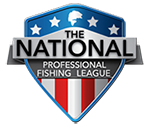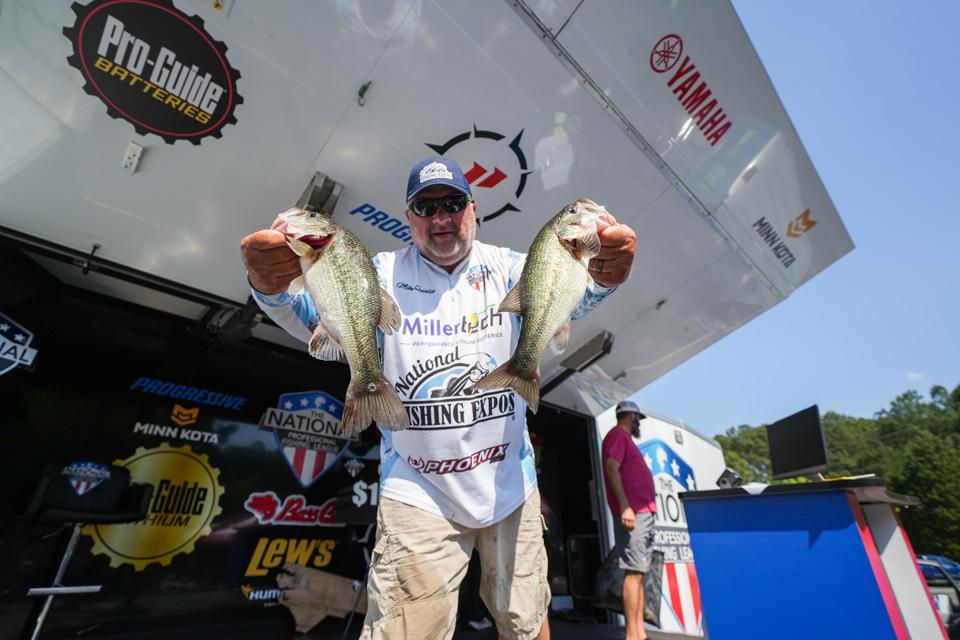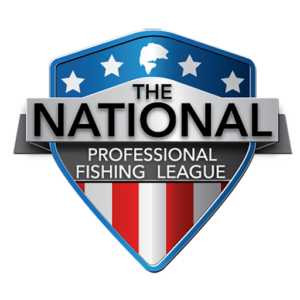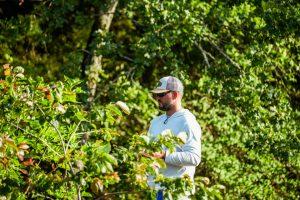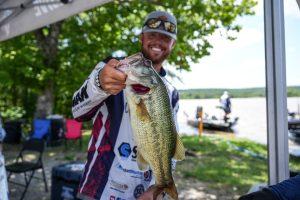Story by Ken Duke | Photos by Tanner & Travis Lyons
If you’re a veteran fan of tournament bass fishing, I bet you believe that tournament weights go down over the course of an event.
Am I right?
I’ve spent decades around weigh-in stages, talking with tournament anglers, tournament staff, and other media people. Conventional wisdom holds that if you want to predict what it’s going to take to make a cut, get a check or win an event, you start with the first day’s weights and scale back.
If 10 pounds is roughly the check line after the first day of a three-day tournament, experienced fans will generally estimate that it’ll take 26 or 27 pounds over three days to get paid.
Is that correct?
Sometimes … but generally not. And maybe not for the reasons you think.
I ran the numbers for the 26 regular season NPFL events since the league started in 2021, and was not surprised to learn that catch rates are better on Day 1 than on Day 2 or Day 3. I’ve done the same analysis for other leagues, and it holds true across the board.
But the difference between Day 1 and Day 2 is not as large as you probably think.
In fact, the average difference between an angler’s Day 1 catch and Day 2 catch in NPFL history is extremely low—less than 1% … less than one-half ounce!
And although the Day 1 catches were generally better than the Day 2 catches, 28% of the time the Day 2 catches were bigger than Day 1, and many other times the difference was just a couple of pounds… across the entire field of 100 or more anglers.
By far, the biggest disparity between Day 1 and Day 2 weights came at Wright Patman Lake in Texas in 2023. Weights fell by 41%!
What happened?
Well, it rained 2 1/2 inches on Day 2. That’ll put a damper on just about anyone’s fishing plans or patterns. It was the rainiest day in NPFL history.
What else could explain why weights tend to decline—even if only a little bit—as a tournament progresses? For one thing, fishing conditions tend to get worse faster than they get better. Think about it. When a cold front blows through, it can shut things down very quickly. A warming trend, on the other hand, generally takes longer to have an impact. The result: fishing gets worse faster than it gets better.
Now let’s take a look at Day 3.
There’s a bigger drop between Day 2 and Day 3 than between Days 1 and 2, though it’s still pretty small—less than 3% (about 4 ounces). It got tougher 16 times and only got better eight times.
You might think that fishing conditions are driving the trend, and that could be true, but I think there are other reasons. The biggest of these is likely the change of angling attitudes and methods. On the first day, and even the second, anglers are focused on starting strong, staying in the hunt, fighting to get a check. By Day 3, at least half the field realizes it’s got no chance of winning. Those anglers are scrambling, swinging for the fences, going for broke. Maybe some of them are having mechanical issues. A few may have even put the boat on the trailer and headed for home … but they get counted, too, because they were in the derby, and they reduce the average catch.
So, weights go down … again … just a little.
But I bet the weights don’t slip as much as you thought. Am I right?
At the highest levels of our sport, these anglers are very talented, very resourceful, they learn as they go, and they rarely give up.
It’s why we watch.
